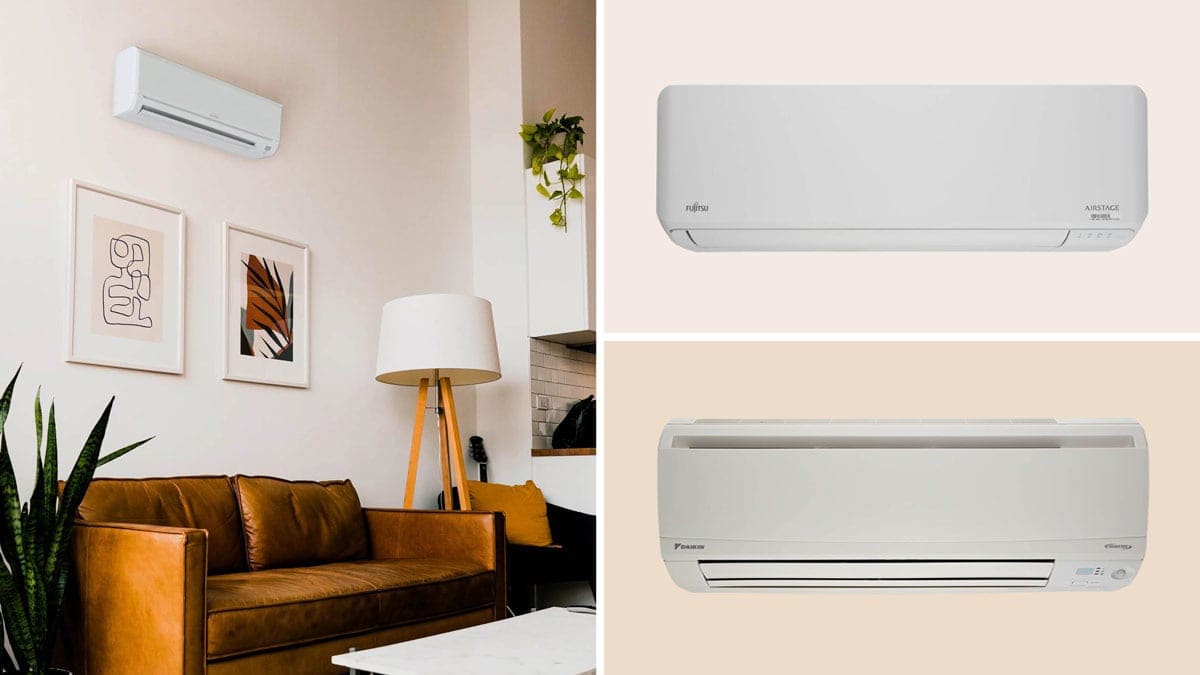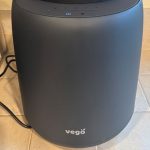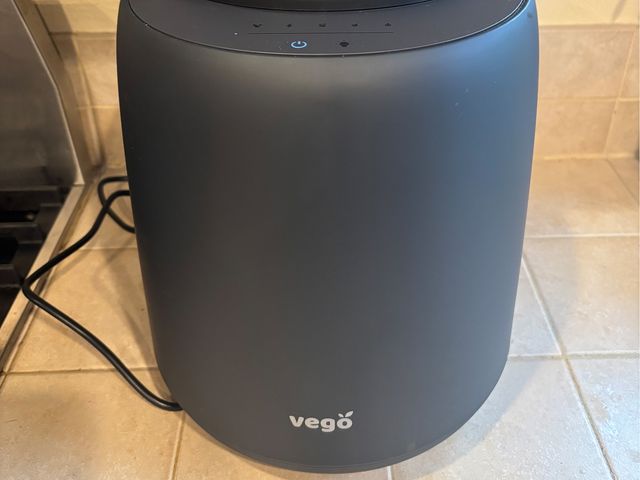
If your home isn’t equipped for central air conditioning, mini-splits may be a smart alternative, particularly if you don’t want to install and remove clunky window units each season. Mini-splits, also known as ductless air conditioners, can cool large spaces quickly and quietly.
Mini-splits are a type of heat pump. They cool your home by taking heat from the indoor air and sending it outside. They can also heat your space by working in reverse: They absorb heat from the outside air and move it indoors. (The heat gets transported in either direction through a refrigerant line.)
These systems come in two parts. There’s an outdoor compressor that’s connected to an indoor unit, called an air handler. There are multiple types of air handlers, including ones that can mount to a wall, the ceiling, or the floor. Some mini-split systems have compressors that can support multiple air handlers indoors. That means you could have air handlers cooling different rooms inside with only one compressor outside. If you want to cool multiple zones, installing a system that can handle multiple indoor units can save you money. (And who wants multiple compressors outside their house if they can help it?) You can also size a system according to your needs, for example, if you want one unit for a small apartment or an open-concept kitchen-living room area.
The mini-splits in our ratings range from $750 to more than $2,200, not including installation costs. These prices are far more than those for portable or window air conditioners, but mini-splits are designed to cool large spaces and run for long periods, giving you a feeling closer to central air conditioning. Because they can heat, too, they can also supplement, or in some cases replace, your home’s heating system.
Most mini-split systems require professional installation, though some models on the market are designed for DIY installation. (Keep in mind that DIY models still require relatively precise installation work, which we describe below.) We tested a variety of both kinds. One important note: For either type, check your local building codes and make sure you obtain the necessary permits for installation.









